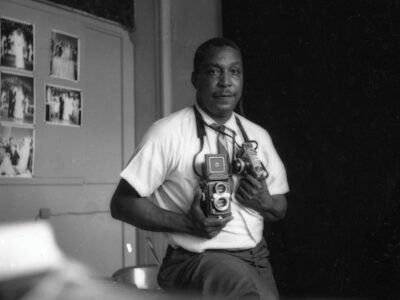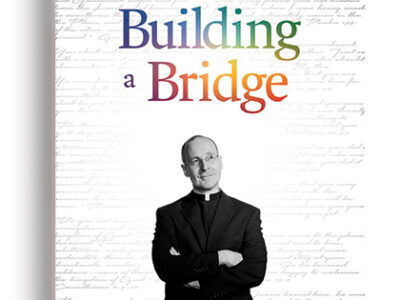A Filmmaker Who Crosses Continents and Social Classes
For an outsider, it’s often easier to enter the world of the poor than to get a foot in the door of the rich. Filmmaker Nilita Vachani, ASC’83, found a way to do both, and in a recent talk at the Annenberg School for Communication, she shared some of her philosophies and techniques
When Mother Comes Home for Christmas, Vachani’s latest film, tells the story of Josephine Perera — a Sri Lankan woman who works abroad as a housemaid to support her family back home — and of the Greek family for whom she works. Vachani, whose previous films include Eyes of Stone and Diamonds in a Vegetable Market, settled on Perera for purely pragmatic reasons. She was “not particularly good looking nor articulate, nor did she have a winning personality,” said Vachani, but Perera did have working papers and planned to travel back to Sri Lanka within the year. No matter who was selected, Vachani believed, the story would be compelling
Although the New Delhi-born Vachani now lives in Athens, the first part of the film, set in the affluent Athens home where Perera works, was more difficult to make than the part set in Sri Lanka. Since the Greek parents would only give her a week to film in their house, Vachani’s crew didn’t have time to determine the best places to set up cameras and lights, and the first three days yielded useless footage. It also took Perera some time to overcome her camera shyness. Vachani never asks characters to do anything for the camera, she said; nor does she formally interview them. She often starts conversations with them, though, and if it looks as though their thoughts will lead somewhere, she taps the camera person to start filming
Vachani tells Perera’s story through her letters to her children and
through her daily interactions with her two-year-old charge, Isadora.
The contrasts between the two families’ lives are sometimes poignant.
After Isadora has said her prayers, her father tucks her into bed in a
big bedroom watched over by a plush stuffed rabbit — while Perera’s
youngest son, Suminda, mumbles a communal “Now I lay me down to sleep”
before crawling into one of the shoulder-to-shoulder cots of a
church-run orphanage in Sri Lanka. In the morning, Isadora is gently
coaxed out of bed by Perera — while Suminda, rousted drill-style, heads
for a communal shower.
The camera isn’t kind to Isadora’s mother, who jets in from Paris after a
three-week absence and promptly tows her toddler to an aerobics class.
The scene alternates between the mother — sweating to high-energy music
while Isadora sits sucking her thumb — and Perera, pushing a broom
back at the house. “It’s a political statement I’m making,” said
Vachani, “because it’s completely absurd.”
Perera doesn’t come across as a model mother either, and Vachani said
she was troubled by the woman’s distant relationship with her family.
Although Perera and her children made an enormous fuss over a washing
machine she brought back from Greece, Vachani observed little affection
among them and concluded that Perera “was more comfortable with [the
film crew] than with her own family.”
After the film’s release, Vachani got a letter from the Greek woman, who had already told her that she hated the documentary. This time, the woman acknowledged, it had made her realize that she needed to be a better mother.




